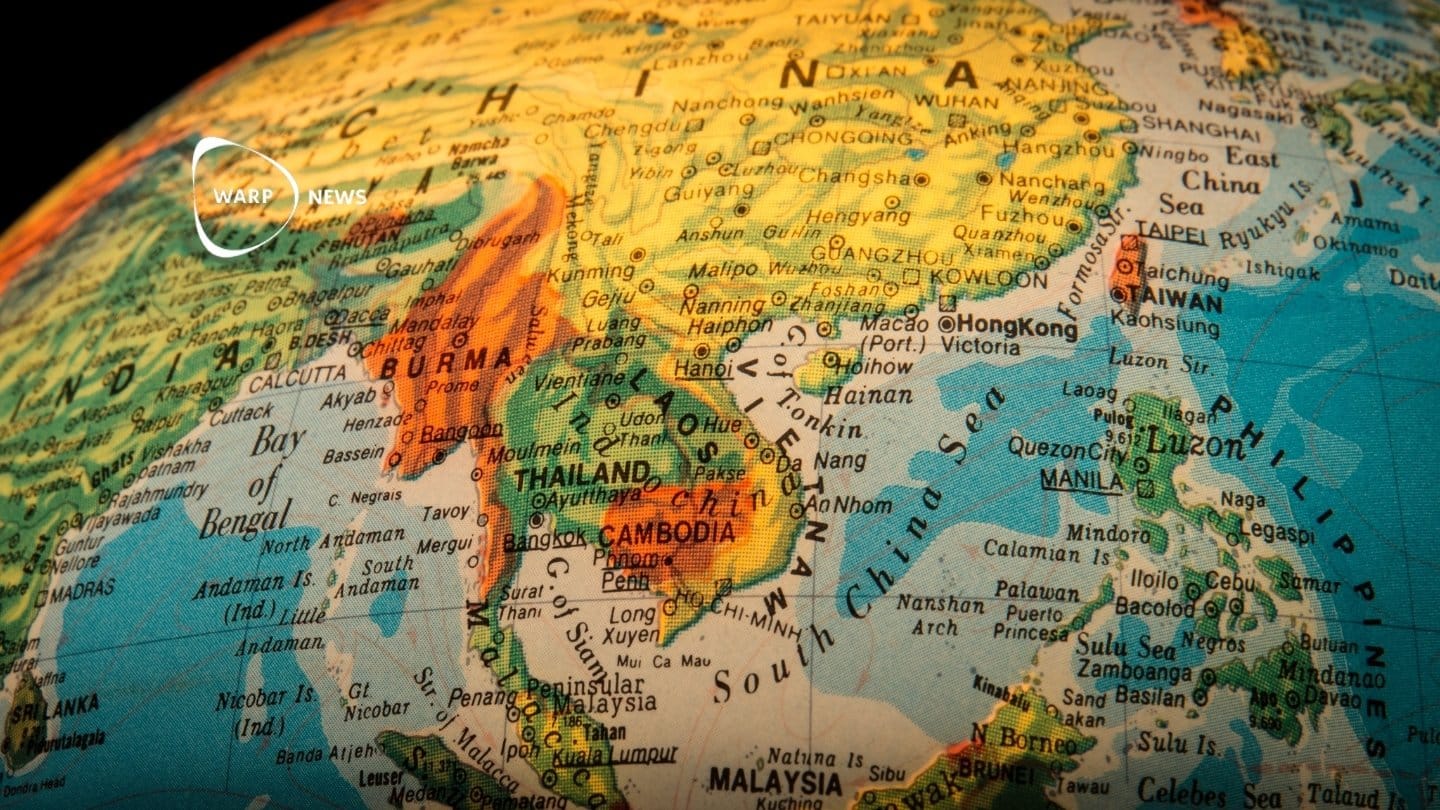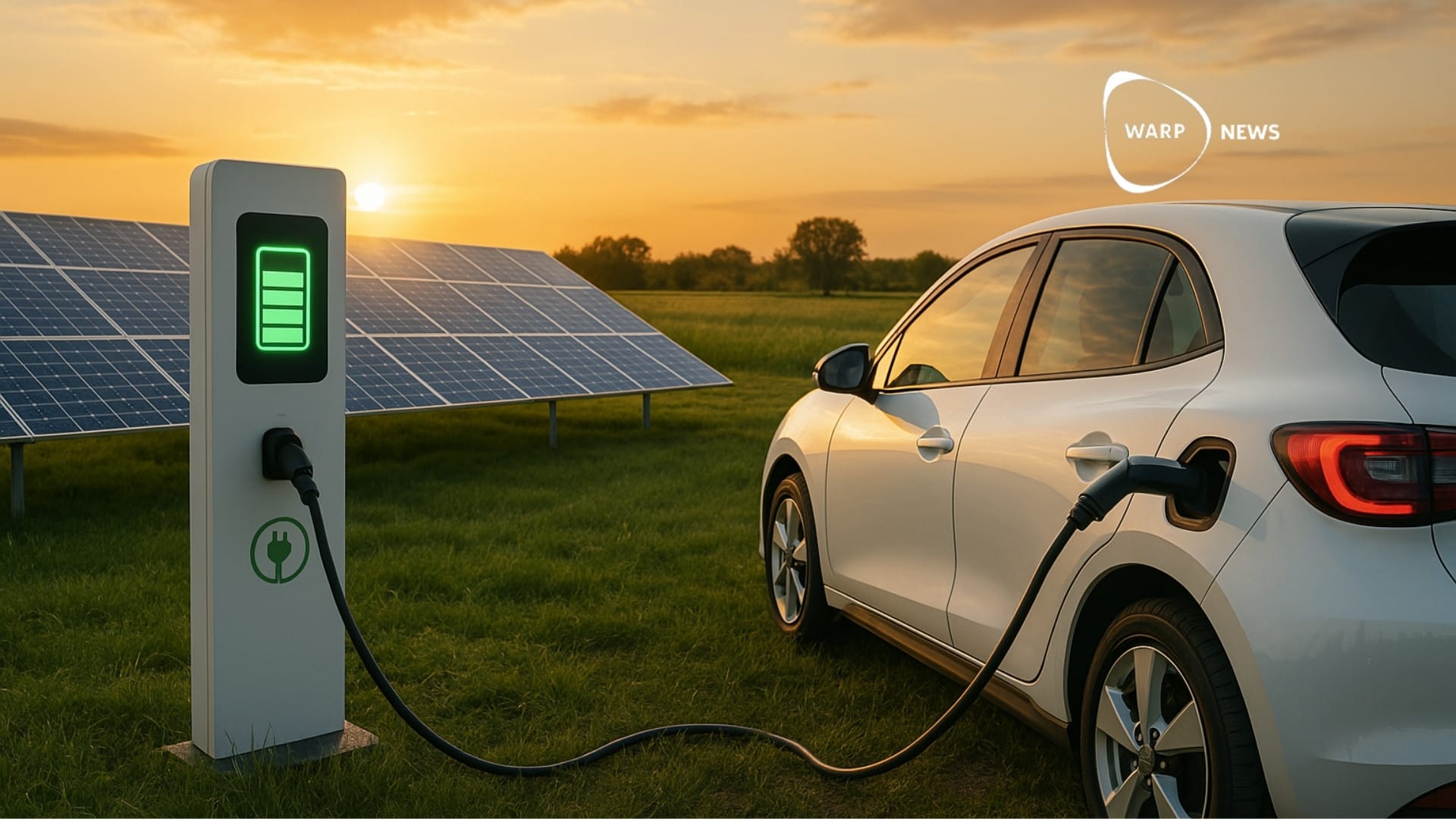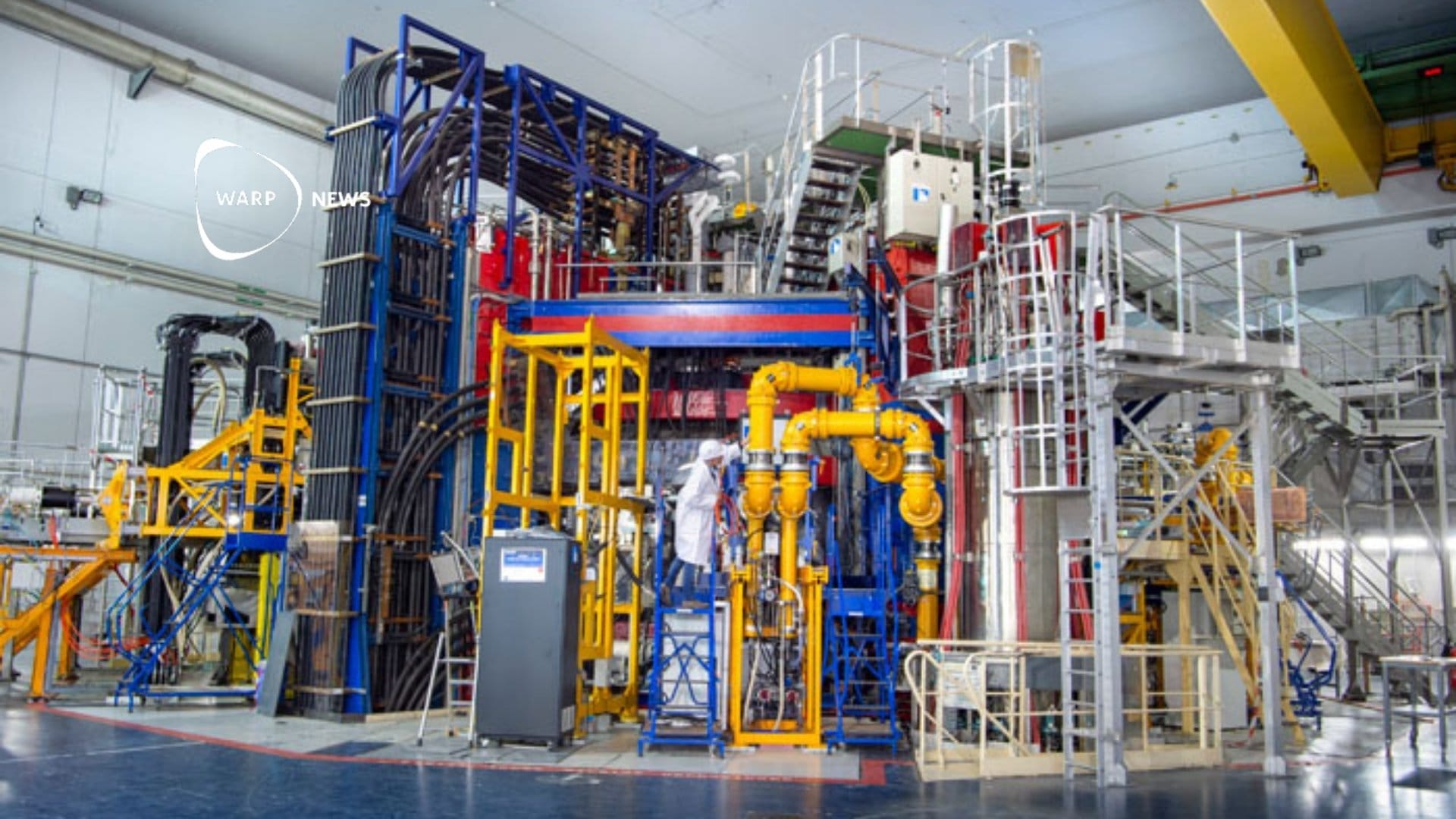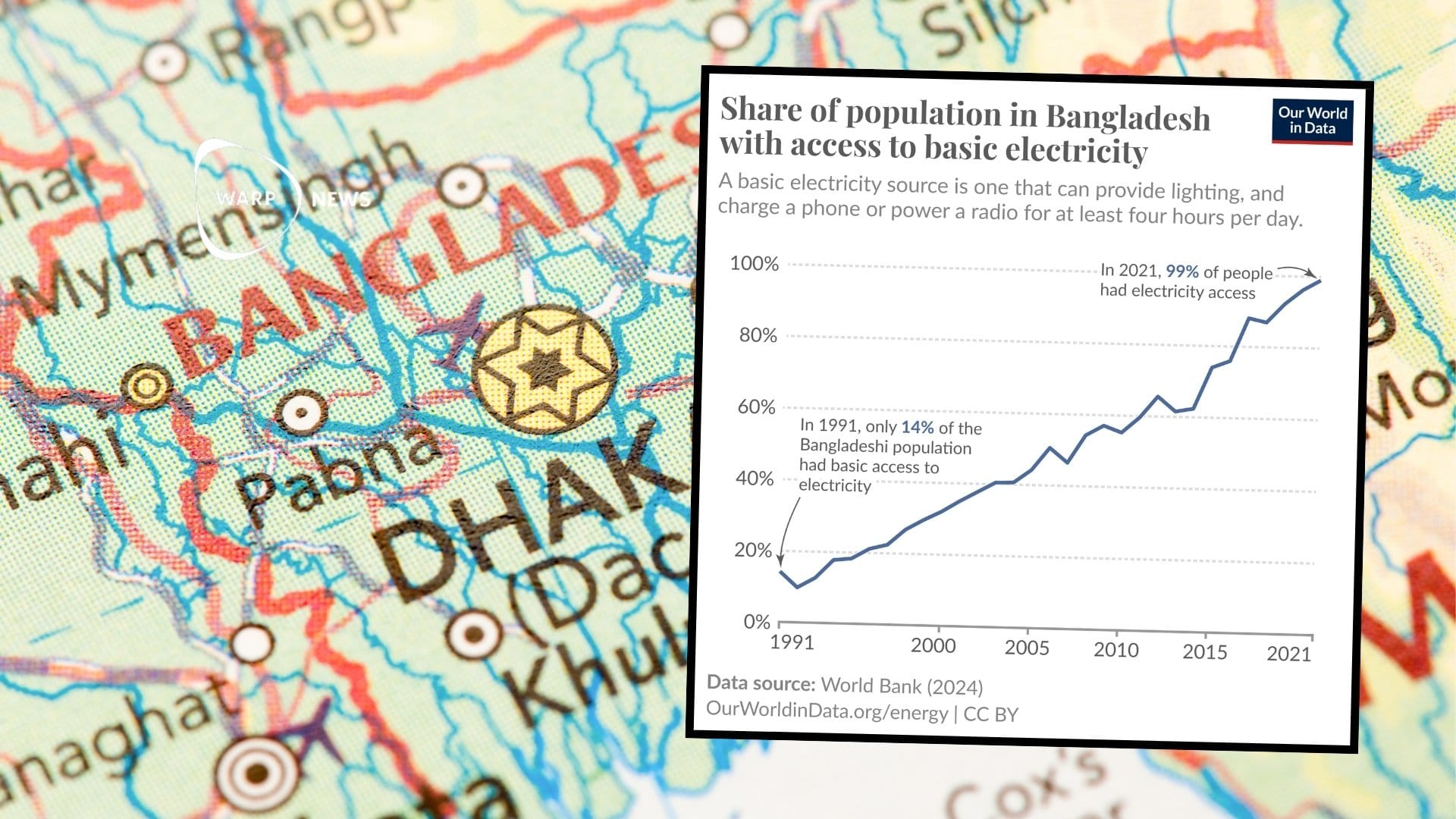⚡️ Energy
Energy production and consumption is becoming cleaner, cheaper and decentralized. With connected devices you as a consumer can take control of your energy consumption. Here you will also find content about batteries, smart grids, nuclear and other innovation in the energy field.
🌍 Renewable energy sources growing twice as fast in Global South compared to Global North
Investments in clean energy are now seven times larger than in fossil energy in the Global South's electricity production, compared to an even split ten years ago. One-fifth of countries in the Global South have already surpassed wealthy nations on solar and wind power usage or electrification.
☀️ Solar energy and electric vehicles lead the energy transition in 2025
Renewable energy expansion grew by 17 percent during 2024, with record installations of approximately 600 GW solar power and 125 GW wind power. Investments in renewable energy sources now outpace fossil fuels by 10 to 1, with more money in solar energy than all other power sources combined.
🏭 The number of planned coal power plants in the OECD has decreased by 96% since 2015
The number of proposed coal power plants within the OECD region has decreased from 142 in 2015 to only five today. Of the five remaining proposals, four plants include plans for carbon capture.
🏆 French fusion facility breaks world record for longest plasma duration
CEA's machine maintained plasma for over 22 minutes, meaning they kept the extremely hot, charged gas stable using magnetic fields This was 25 percent longer than the previous record. The plasma needs to be stable for several minutes to generate fusion energy.
☢️ New battery converts nuclear waste radiation into electricity
There are hundreds of thousands of tons of spent nuclear fuel in the world, and the majority is stored unprocessed despite still retaining most of its energy. The technology may be particularly useful in environments where traditional power sources don't work, such as in deep seas or in space.
🏹 The string snapped, but draw the bow again
Fairer the sound of the string that snapped, than never stretching the bow.
⚡ Over 100 million people in Bangladesh have gained access to electricity
Bangladesh has increased access to electricity from 15 percent to almost 100 percent in 30 years. More than 100 million residents can now use household appliances and stay connected via phone and internet. Over half of the population now has access to electricity for more than eight hours per day.
💰 Record investment of 2.1 trillion dollars in green energy
Global investments in green energy increased by 11 percent to 2.1 trillion dollars during 2024. Electric vehicles and renewable energy account for the largest investments with 757 and 728 billion dollars respectively.
☀️ Solar power generated more electricity than coal in EU last year
Solar panels generated 11 percent of EU electricity in 2024, while coal power plants accounted for 10 percent. The use of fossil fuels decreased for the fifth consecutive year.








